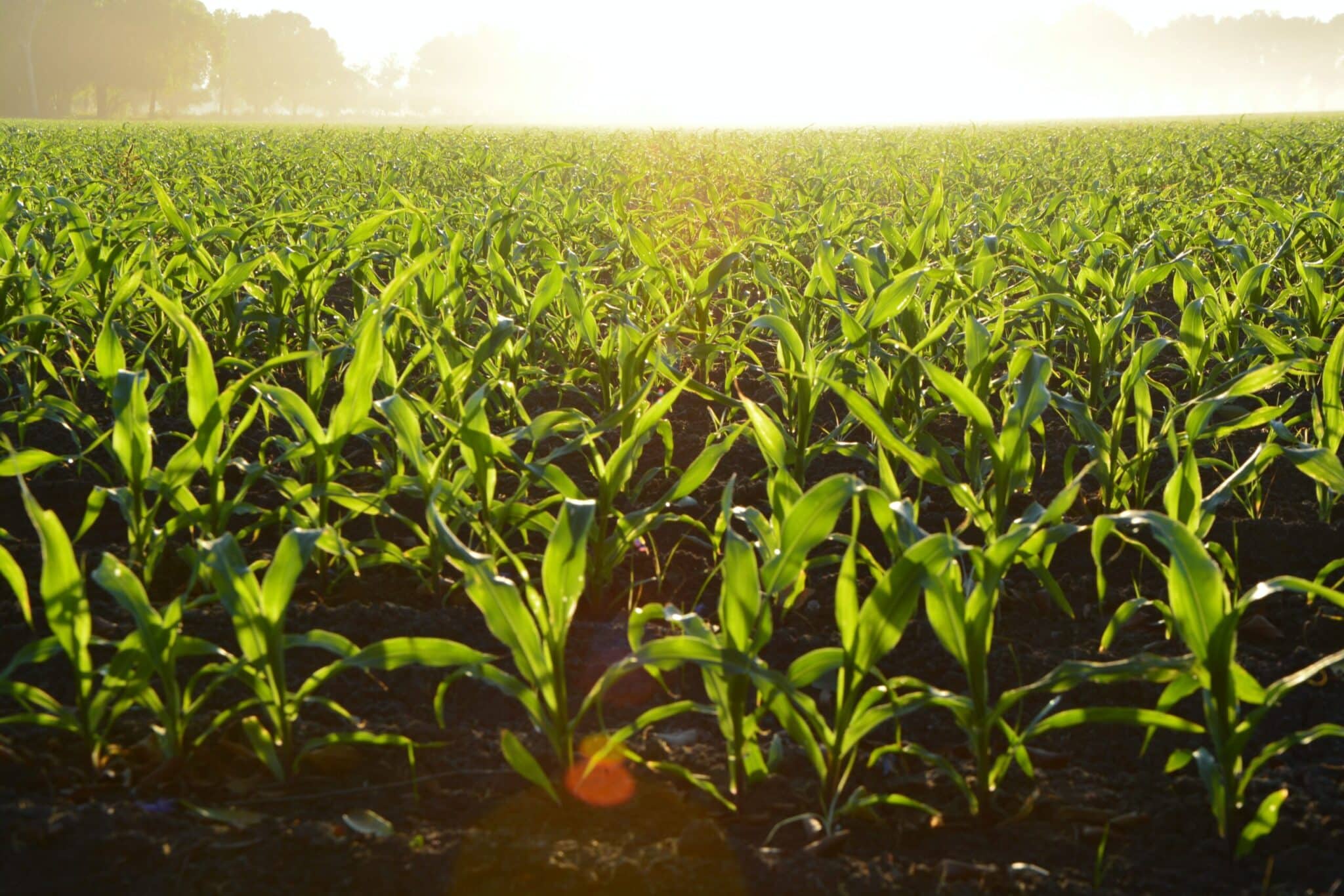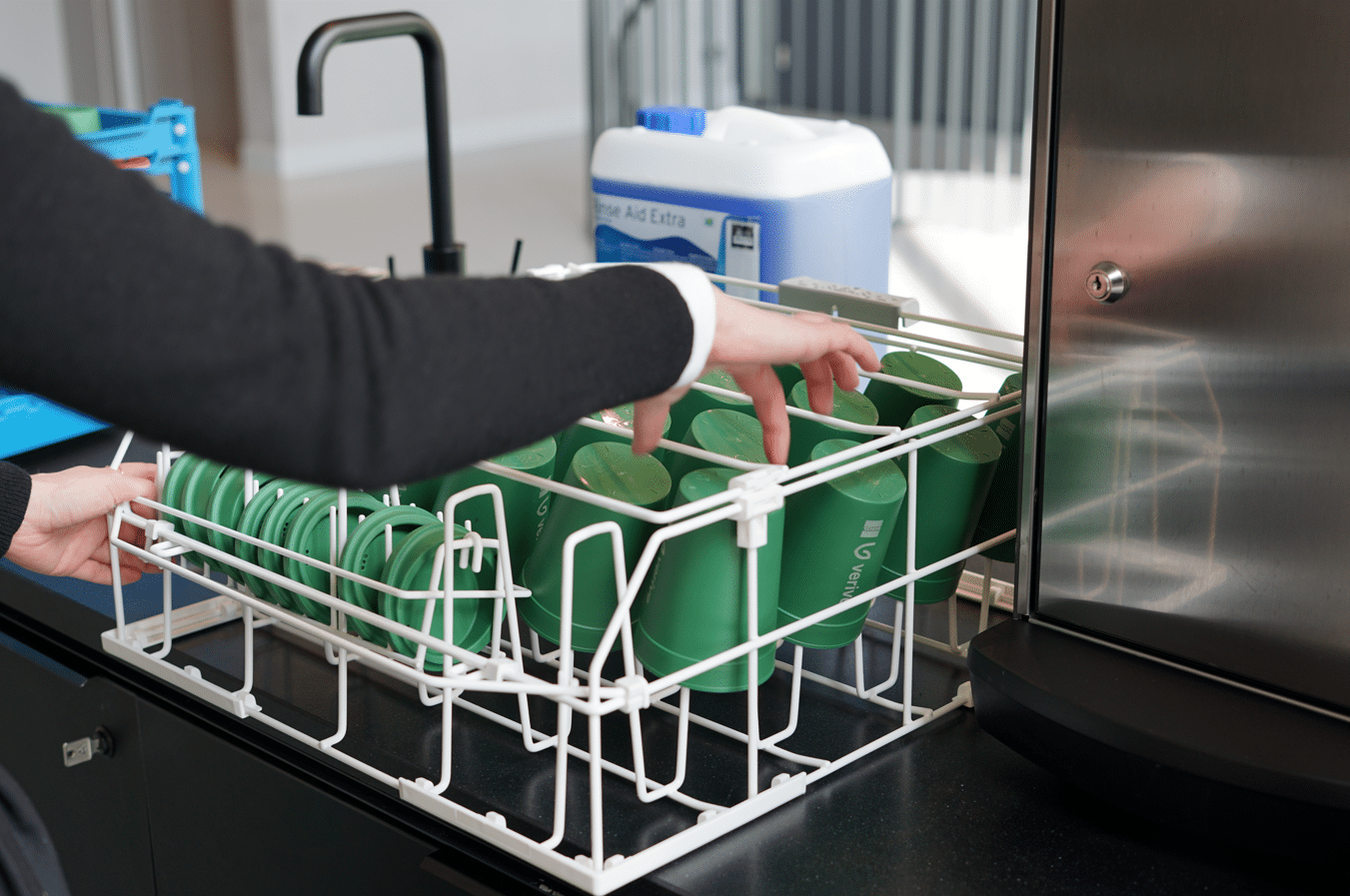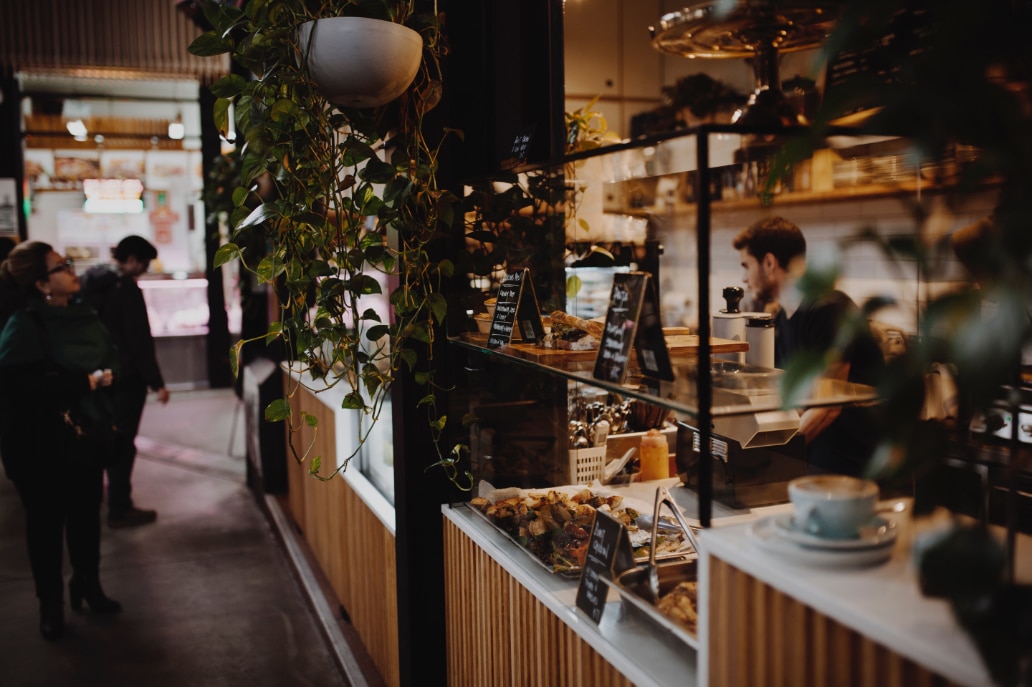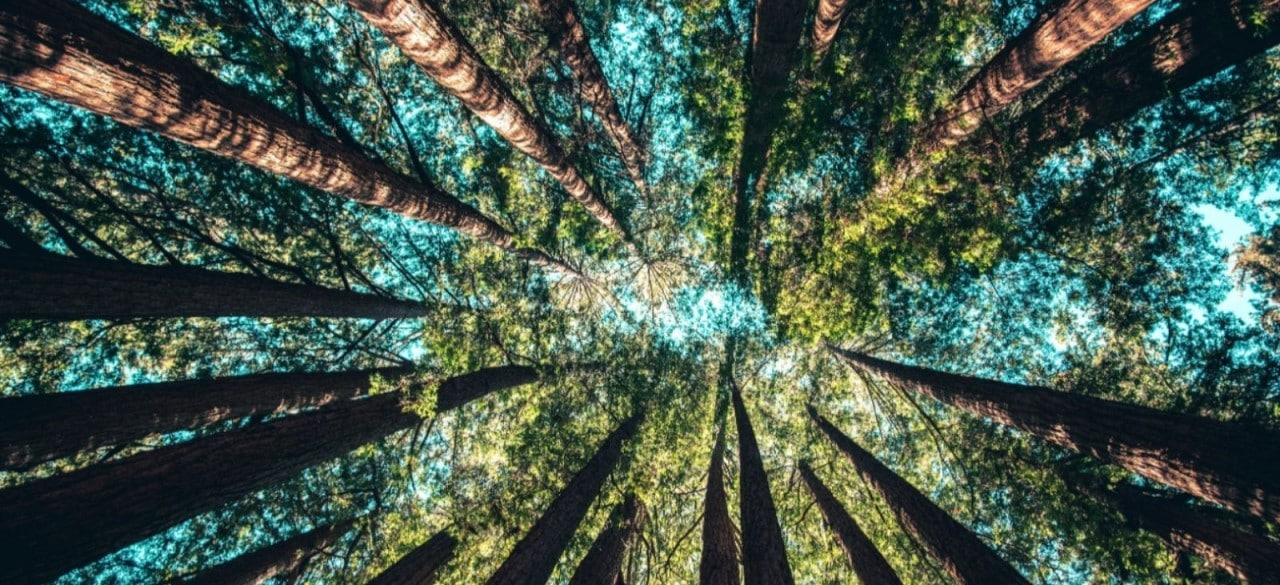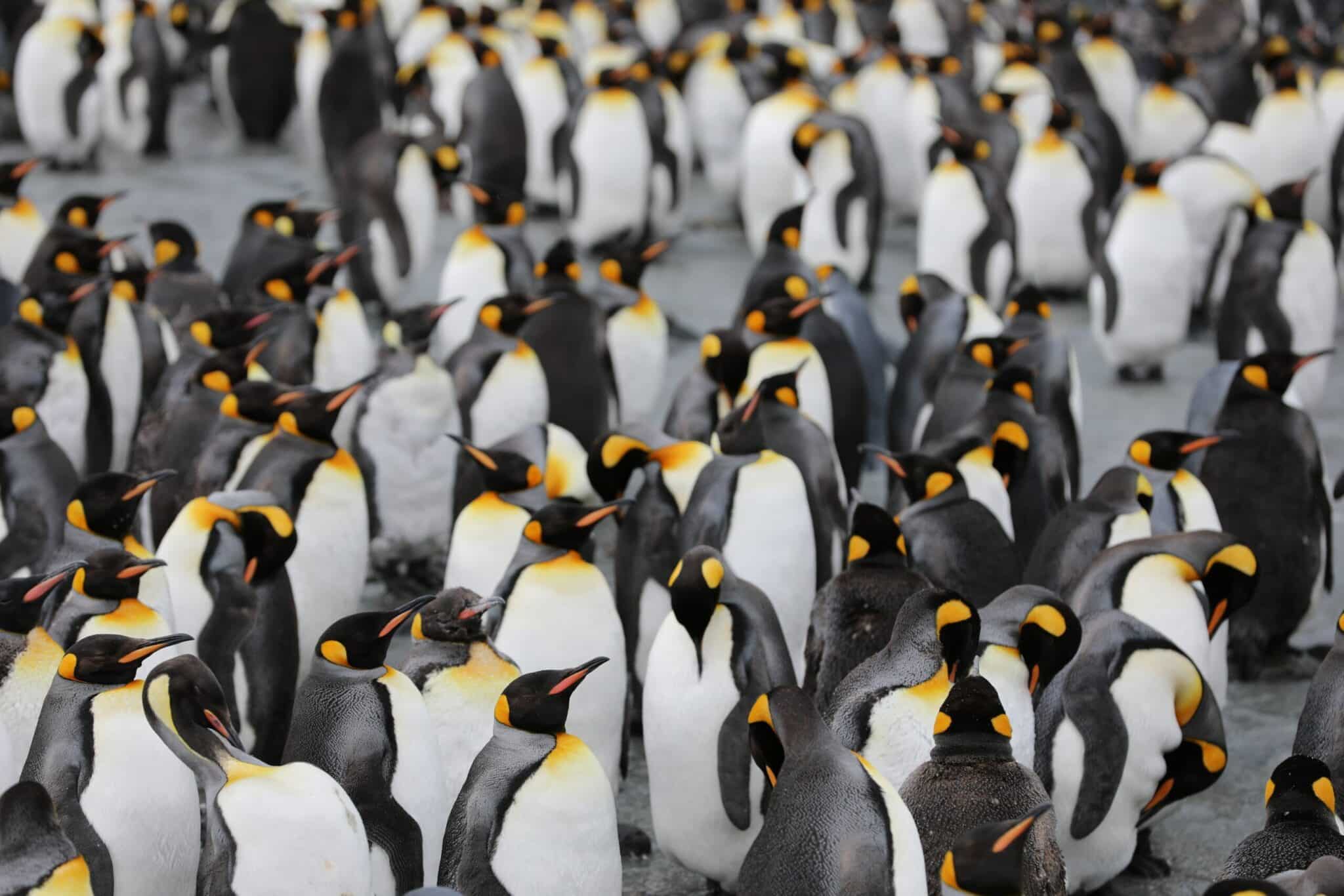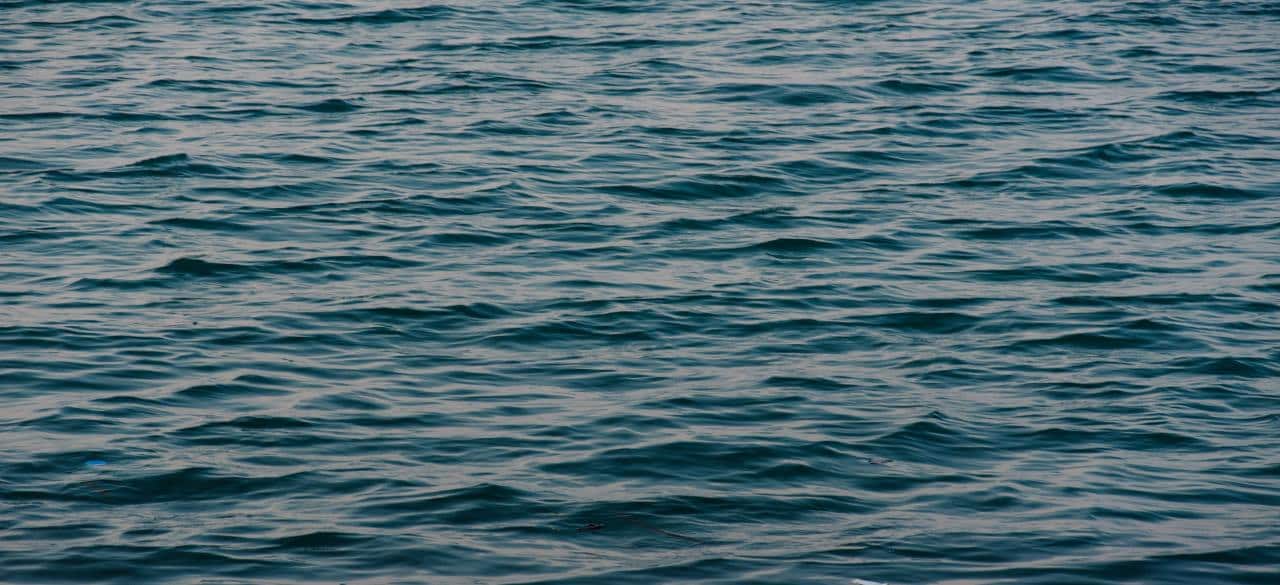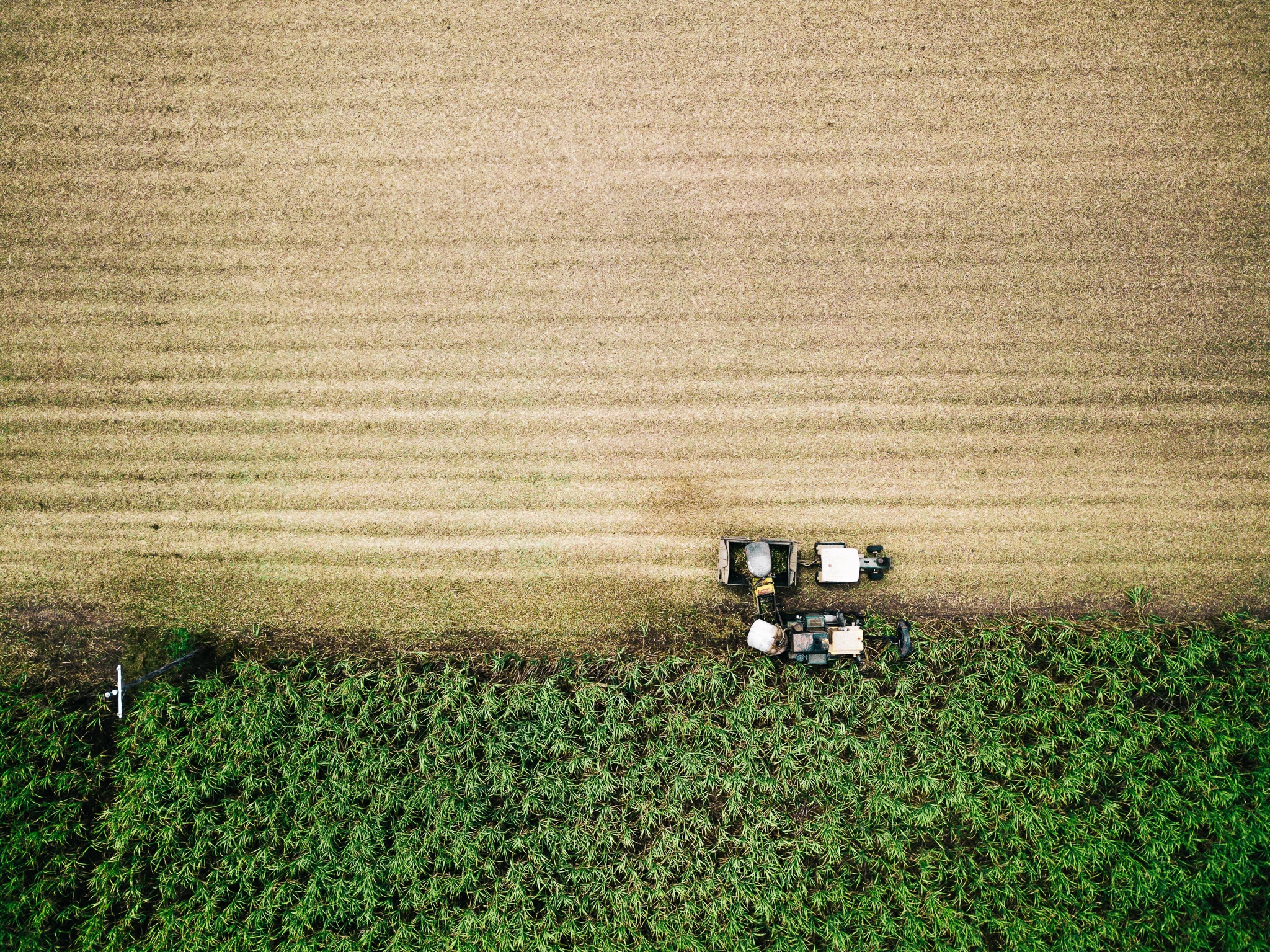About this article
When it comes to bioplastics, PLA leads the pack. Here’s all you need to know about this handy material and its place in food packaging.
What is PLA?
PLA is one of several bioplastics. It stands for Polylactic Acid, and like all other bioplastics, it’s technically still plastic.
The main difference from traditional plastics is that PLA is made from renewable resources, such as corn starch, sugarcane, sugar beet and cassava, as opposed to oil or gas.
How is PLA made?
PLA is made from the waste left over from existing processes like corn cultivation. Lactic acid is extracted and processed into a granulate from which new products can be made.
Why does PLA make good food packaging and tableware material?
When produced, PLA is typically both rigid and transparent. So, it’s suitable for salad containers, straws, bags, and (cold) drink cups.
Transparent PLA is also good at keeping fruit and vegetables fresh for longer as it allows moisture to escape, similar to some regular plastics.
These days, PLA is most often used as container lining, complementing other materials, such as paper or cardboard. Verive carries several PLA-lined products like our cardboard containers as well as our container and coffee cup lids.
However, in its transparent form, PLA is not suitable for hot food or reheating as it has a low melting point. The contents should not exceed 40℃ (or 105℉). That said, PLA can be transformed into the more heat-resistant CPLA.

What is CPLA?
CPLA is a crystallised form of PLA and stands for Crystallised Polylactic Acid.
As PLA is not really suitable for hot food, when it comes to products like coffee cups or cutlery, CPLA is a good alternative because it can handle temperatures up to around 90℃ (or 195℉).
How is CPLA made?
During the manufacturing process, chalk is added to PLA as a catalyst, and the PLA resin is rapidly heated and cooled during production to produce CPLA.
Is PLA a plastic?
PLA is still plastic.
Though some PLA packaging labels claim they are “plastic-free,” it is still technically plastic. This is also true of many other compostable packaging materials, like those made from cellulose. For transparency we avoid the term “plastic-free” when discussing our food packaging and tableware products
Why don’t we use the term plastic-free?
Plastics can be made from organic matter like sugars or starches. It just so happens that most plastics we use on a mass scale are made from petrochemicals because of their lower production cost.
Though produced from renewable raw materials, making PLA still requires a chemical reaction similar to petrochemical-based plastics. PLA is still very much a polymer, which means it becomes soft when heated and hard when cooled.
What is the best end-of-life for PLA?
Both PLA and CPLA need to be sent to a specialist industrial composting facility to be broken down. This process takes around 90 days.
These products cannot be composted at home because home composters do not reach high enough temperatures to break them down.
So, how should PLA be disposed of?
You should always check local waste management infrastructure to see whether the facilities exist to collect and process PLA. Sometimes they can be collected alongside food and organic waste.
It’s important to note that just because PLA looks and feels like any other plastic, there’s a risk it can end up in regular plastics recycling if disposal instructions are not made clear enough.
Is PLA recyclable?
Yes, but only when the correct recycling schemes available. Therefore, it’s crucial to ensure PLA does not end up in the plastic recycling bin if the correct schemes are unavailable.
Why? PLA can contaminate existing recycling streams. Because of its lower melting point, and the difficulty separating it from other plastics like PP and PET, PLA should be kept out of the existing recycling plants. However, with more chemical recycling plants arriving on the scene, recycling PLA will become increasingly possible.

Will PLA decompose in the environment?
No, PLA will remain in the environment because it needs specialised composting facilities to break down.
Therefore, manufacturers should use clear labelling like the Plastic in Product turtle logo to encourage consumers to dispose of PLA correctly. This way, PLA waste can be carefully managed and can exist as part of a sustainable collection and disposal system.
Is PLA safe?
Yes, according to the European Food Safety Authority (EFSA), PLA is safe to use in contact with food. PLA should be stored in a cool environment at all times and can have a use-by date.
What is the future of PLA?
PLA may play an important role in the future of packaging.
However, it is not a magic bullet solution. It needs to be disposed of properly, and that means it needs to be separated from other plastics and sent to specialist composting facilities.
This isn’t easy, and the potential for it to contaminate existing recycling facilities is a real risk. If it’s not possible to make PLA’s proper disposal method clear to consumers, alternative packaging materials may be a better choice.
While PLA may not be as compostable or recyclable as other materials, in PLA we still have a useful product made from renewable resources, so it shouldn’t be written off too quickly.
Has PLA been banned in the Single-use plastics Directive?
No.
However, some PLA applications, such as plates and cutlery and container lining, have been affected. There has been a market restriction on PLA, the same as has impacted other plastics. For example, PLA plates and cutler are banned while PLA lined cups must carry the turtle logo. Read more about the Single-Use Plastics Directive here.
More questions?
If you have any questions about PLA products or other sustainable materials, please get in touch with us, we’d love to hear from you.
View our range of PLA products available here.
